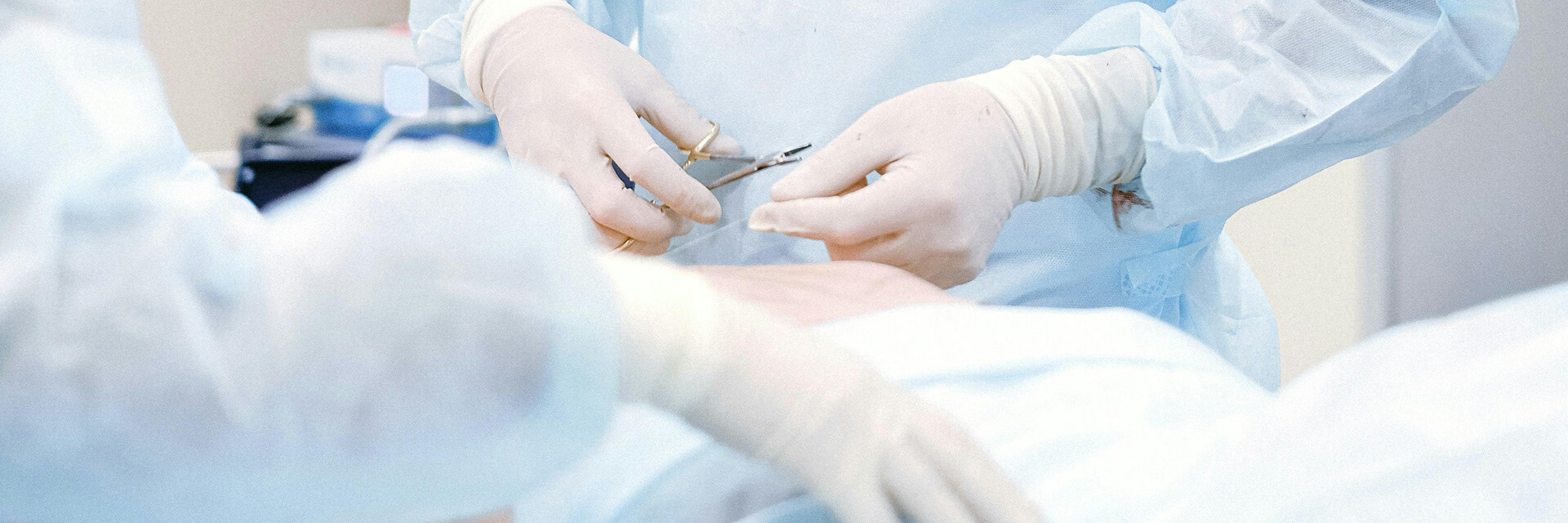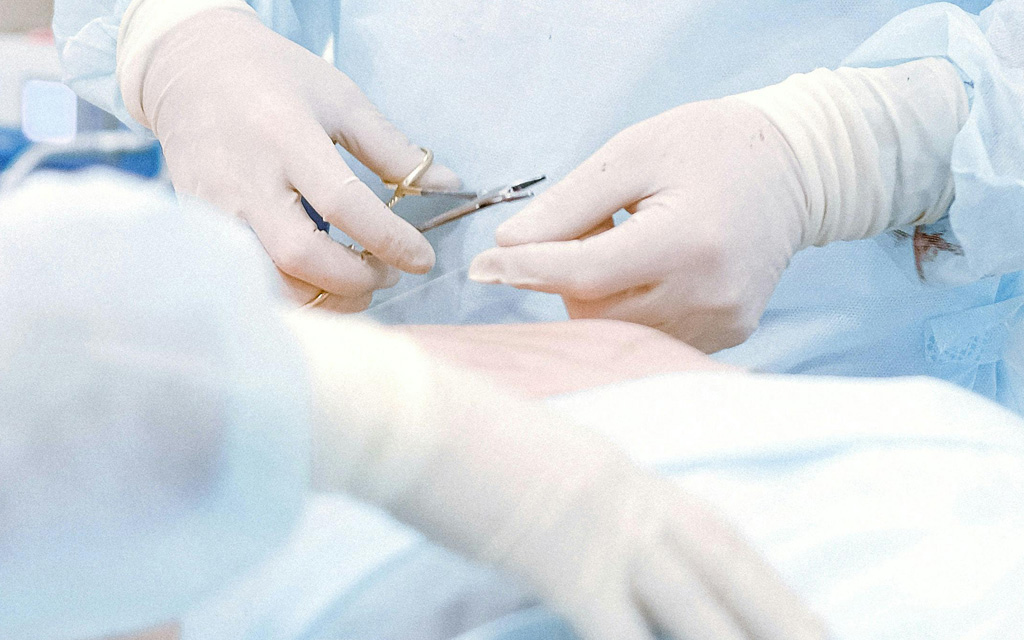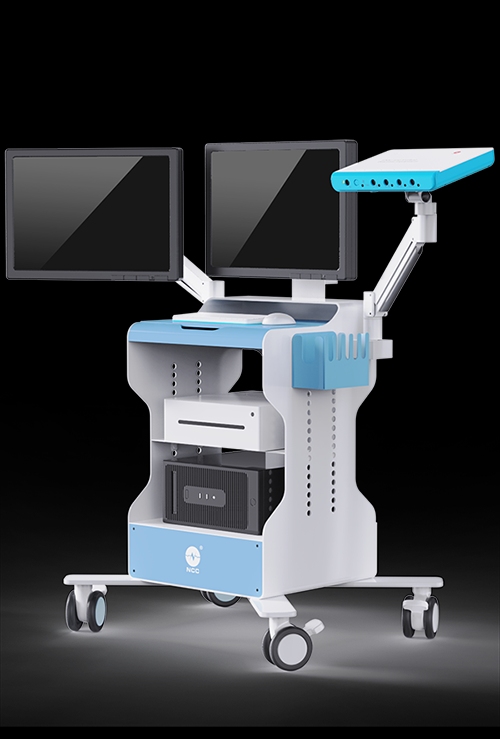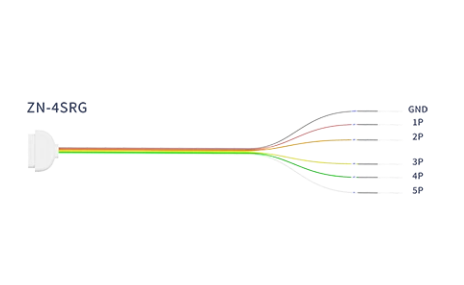Intraoperative Auditory Nerve Monitoring: Understanding Compound Action Potentials
In the realm of neurosurgery, particularly during CPA (cerebellopontine angle) surgeries, monitoring the auditory nerve is crucial for preserving hearing function and ensuring patient safety. Traditionally, Brainstem Auditory Evoked Potentials (BAEP) have been the standard method for monitoring auditory pathways and brainstem function. However, this technique requires significant time for signal averaging and has limited resistance to interference. Today, we will explore an alternative monitoring method: Compound Action Potentials (CAP).
As a leader in electrophysiology solutions, NCC is committed to safeguarding patient health through innovative monitoring technologies. Established in March 1997, NCC has grown into one of China's leading providers in this field by focusing on research and development while adhering to core values of commitment, sincerity, and integrity.
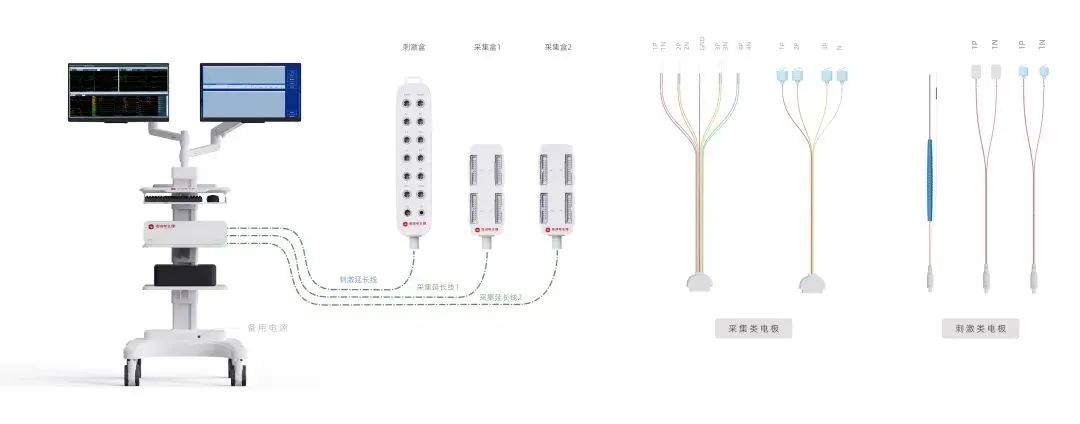
What Are Compound Action Potentials?
Compound action potentials are electrical signals generated by the collective activity of a group of neurons. In the context of auditory nerve monitoring, CAPs are used to directly record the compound action potentials of the eighth cranial nerve (the auditory nerve), providing real-time insights into its functional status. This method is particularly beneficial during surgeries where the auditory nerve may be at risk due to proximity to tumors or other structures.
Recording Methodology
The recording electrodes used for capturing CAPs typically include cotton-core electrodes placed on the exposed intracranial portion of the auditory nerve, with a reference electrode positioned at the Cz location on the scalp. This setup allows for the detection of functional activities in two distinct segments of the auditory nerve: one near the brainstem and another close to the internal auditory canal.
Advantages of CAP Monitoring
1. High Amplitude Signals: CAPs generally exhibit higher amplitudes compared to traditional BAEP waveforms, making them easier to detect.
2. Shorter Signal Averaging Time: Unlike BAEP, which may require extensive averaging to achieve clear signals, CAPs can yield satisfactory waveforms after only a few signal averages.
3. Real-time Monitoring: The ability to monitor changes in real-time allows surgeons to make immediate decisions during procedures.
Intraoperative Electrophysiological Monitoring Parameters
When implementing CAP monitoring during CPA surgeries, specific parameters must be adhered to for optimal results:
- Recording Sites: A1/A2-Cz for brainstem responses and Wick-Cz for NAP (Nerve Action Potentials).
- Analysis Duration: Typically set at 15 ms with a scan speed of 1.5 ms/div.
- Average Overlap Count: Around 1000 averages are recommended for reliable data.
- Bandpass Filter Settings: Low-pass filter set between 10-30 Hz and high-pass filter between 2500-3000 Hz. If electrical interference is encountered, adjusting the filter range to 100-200 Hz up to 1000-1500 Hz may help.
Stimulation Parameters
1. Stimulus Side: Set at 70 dB SPL with contralateral noise at 40 dB SPL.
2. Stimulation Frequency: Typically ranges from 11.1 Hz to 15.9 Hz.
3. Pure Tone Frequency: Usually between 1000-2000 KHz.
The Principle Behind Wick Electrode Recording
The principle of using Wick electrodes for recording compound action potentials is straightforward yet effective. When sound stimuli travel through the external auditory canal, they vibrate the tympanic membrane and middle ear structures before reaching the cochlea. The cochlea then converts this sound energy into neural action potentials that travel through the auditory nerve into the brainstem.
By placing Wick electrodes near the tumor on the brainstem side, it becomes possible to directly record action potentials generated by auditory nerve stimulation. Since these electrodes are positioned close to where electrical activity occurs in the eighth nerve, they typically yield higher response amplitudes than conventional BAEP waveforms.
Challenges in Monitoring
Despite its advantages, there are challenges associated with this method:
- Electrode Movement: Surgical exposure, retraction, or tumor removal can displace Wick electrodes away from the eighth nerve, leading to diminished or absent response signals.
- Signal Loss: If a sudden loss of signal occurs during surgery, it is crucial to notify the surgical team to reposition the electrodes appropriately.
Recording Methodology
The setup for recording compound action potentials using Wick electrodes mirrors that used for standard BAEP recordings. However, it is essential that this procedure takes place after tumor exposure during craniotomy:
1. Initially record BAEP using standard electrode placements.
2. Once tumor exposure occurs, instruct the surgeon to position Wick electrodes between the tumor and brainstem along the auditory nerve pathway.
3. Replace the ear lobe needle electrode on the same side with a Wick electrode, changing from an A1-Cz configuration to a Wick-Cz configuration.
Conclusion
Intraoperative monitoring of compound action potentials provides an invaluable tool for preserving hearing function during CPA surgeries. By utilizing advanced techniques such as Wick electrode recordings, surgeons can gain real-time insights into auditory nerve integrity and make informed decisions throughout procedures.
If you're interested in enhancing your surgical monitoring capabilities or need more information about our advanced electrophysiology solutions, please reach out to NCC today! Together, we can ensure safer surgical outcomes and improved patient care through state-of-the-art technologies.

 中文
中文 Arabic
Arabic Spanish
Spanish Hindi
Hindi French
French Indonesian
Indonesian Portuguese
Portuguese Persian
Persian Russian
Russian Korean
Korean German
German Vietnamese
Vietnamese Turkish
Turkish